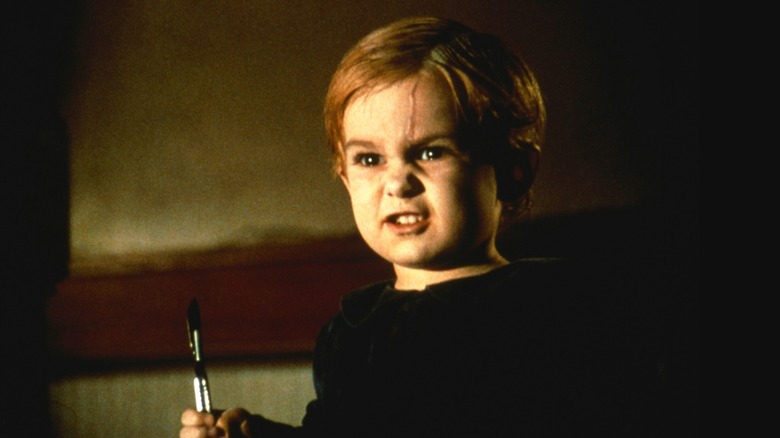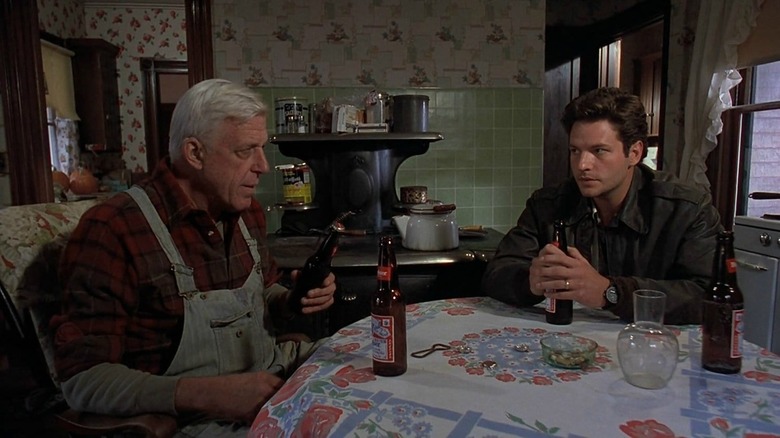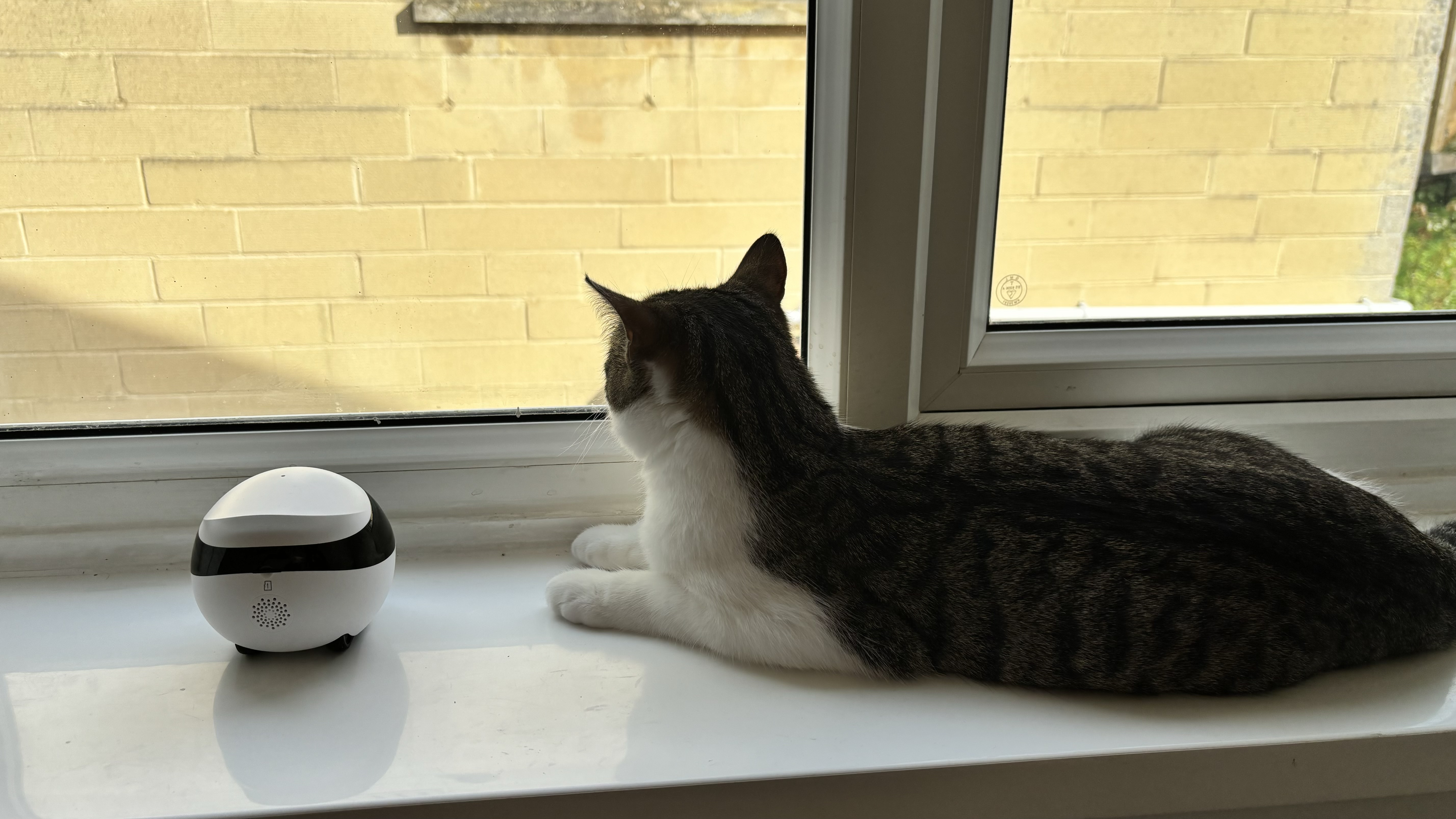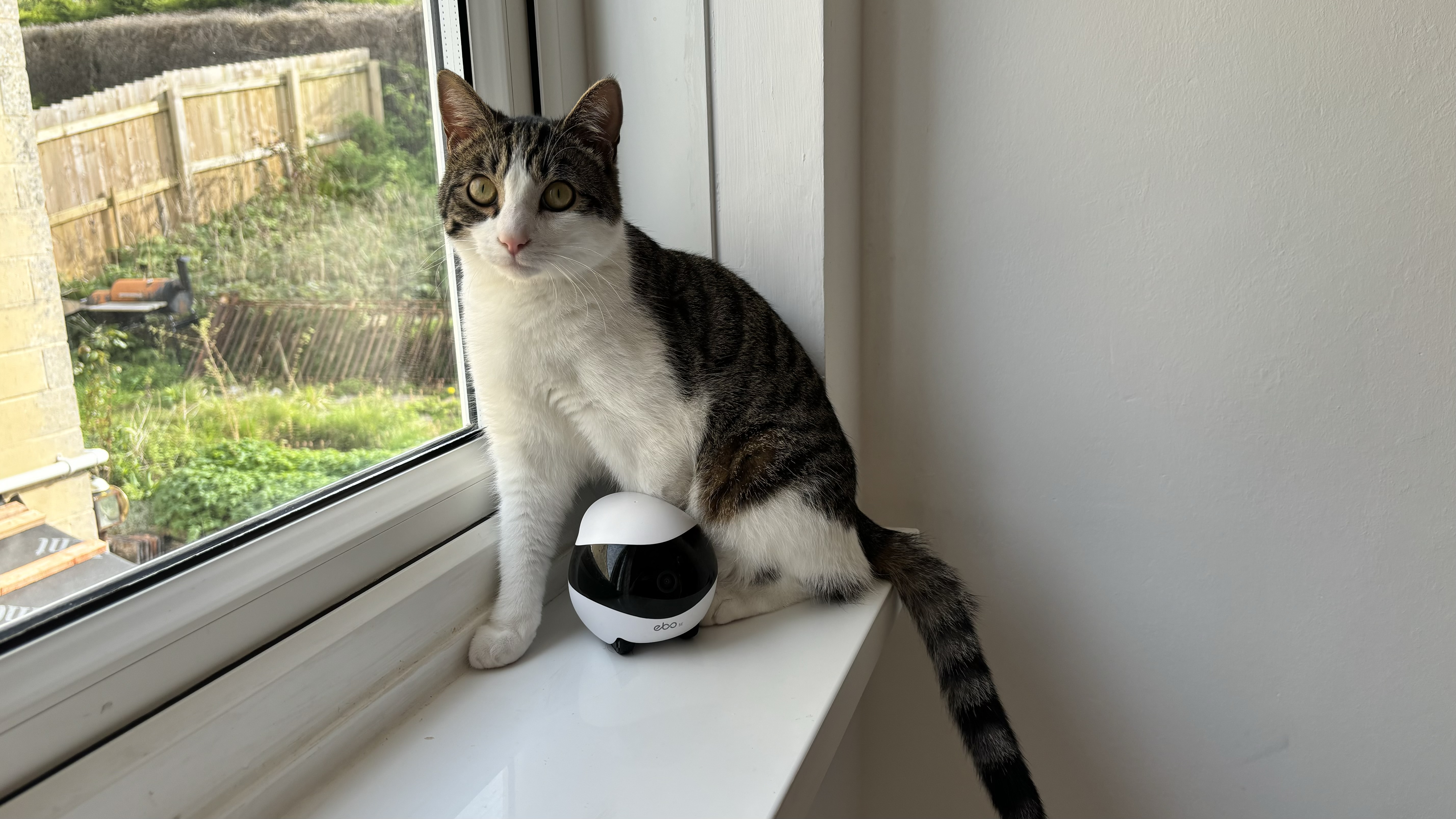[ad_1]
Una de tantas grandes alegrías industria tercera temporada Es la banda sonora de la serie. Se sumerge no una vez sino dos veces en la lista de canciones de Pet Shop Boys, y ambos Needle Drops brindan momentos musicales destacados.
El primer ejemplo llega al final del primer episodio, con la canción “Opportunities (Let's Make a Lot of Money)” que resta importancia en broma a la desastrosa oferta pública inicial de Lumi. (Lumi en realidad no ganó mucho dinero). Luego, en el episodio seis, la canción “Always on My Mind” cantada por Pet Shop Boys acompaña una escena desgarradora en la que Harper Stern (Mihala) ayuda a Yasmine Cara Hananey (Marisa Abella) a lidiar con las complejas consecuencias de la muerte de su padre Charles (Adam Levy). muerte.
deseo de industria Para incluir un doble golpe de los Pet Shop Boys (un triple, si se cuenta el uso del episodio 6 de “Getting Away With It” de Electronic, con la voz de Neil Tennant y una línea de bajo interpretada por Chris Lowe), comenzó con el dúo. ambientado en Glastonbury 2022. industria Entre los asistentes se encontraban los creativos Mickey Down y Conrad Kaye, así como… industria Supervisor musical Olly White.
“Hicieron un espectáculo increíble en uno de los escenarios más pequeños que existen. Fue absolutamente explosivo”, dijo White a Mashable. “Teníamos ganas de decir: 'Todavía lo tienen'. Siguen siendo importantes. “Podemos hacerlos brillar”. industria“Vamos a hacerlo.”

“Ganemos mucho dinero”.
Derechos de autor: Simon Ridgway/HBO
Además de seguir actuando en vivo en todo el mundo, la música del grupo, que dura décadas, prevalece más que nunca en el cine y la televisión. Serie limitada es un pecado Toma su nombre del éxito de 1987 de la banda. Quemadura de sal “Rent” se posicionó como una especie de insulto al karaoke de clase, mientras que todos somos extraños Usó la frase “siempre en mi mente” de manera devastadora. industriaLos sonidos pop electrónico de los Pet Shop Boys han encontrado un hogar perfecto, combinando perfectamente con la banda sonora del compositor Nathan Maykay. Es casi sorprendente que su trabajo no haya aparecido antes en el programa, pero eso se debe en parte al viaje musical del programa.
“Durante la primera temporada, el objetivo principal de la música era mostrar a los jóvenes que viven en Londres lo que se siente al estar en Londres y representar también la música que podrían escuchar”, dijo White. “A medida que avanzamos en las temporadas dos y tres, los personajes mayores desempeñan un papel más destacado, por lo que buscamos música que pueda representarlos también”.
Después de una segunda temporada más centrada y llena de COVID, Dawn y Kay también querían que el programa fuera más “divertido, animado y emocionante”, dijo Dawn a Mashable. Los Pet Shop Boys y muchas de las otras selecciones musicales del programa, desde Wu-Tang Clan hasta Duran Duran, encajan en esa descripción.
Noticias destacadas sobre Mashable
'Harry Luty de la industria analiza el viaje de Robert con la ayahuasca: 'Este es un gran paso'
“Estas son las canciones que te dan ganas de golpear el aire”, dijo Down a Mashable sobre las canciones de los Pet Shop Boys que aparecen en el programa. “Son canciones que he escuchado miles de veces cada una”.
Dawn y Kay siempre supieron que querían incluir “Oportunidades” y “Always on My Mind” en estos momentos específicos de la temporada 3. Sin embargo, obtener los derechos de esta última canción fue un poco más difícil, ya que más personas los poseían. (La canción fue grabada originalmente por Brenda Lee y cantada por Elvis Presley y Willie Nelson, así como por los Pet Shop Boys).
desde industria La película no tiene el presupuesto más alto para un musical de televisión y White no estaba seguro de poder lograrlo. En su lugar, eligió una canción de respaldo para el final de la película: “Getting Away With It” de Electronic, que todavía se reproduce en el siguiente episodio. Una acalorada discusión entre Harper y YasmineSin embargo, hacia el final del proceso de edición, industria Pudo encontrar el presupuesto para incluir “Always on My Mind”, convirtiéndola en la última canción aprobada para la temporada.

“Siempre has estado en mi mente”.
Copyright: Nick Strasburg/HBO
La secuencia final del episodio seis es realmente impactante, ya que pasamos de Harper y Jasmine peleando a una escena de sus momentos más cercanos. Pero la elección musical aquí lo lleva a un nivel superior, y Down lo describe como “los mejores seis minutos de música que el programa haya ofrecido jamás”. “Getting Away With It”, una referencia a Yasmine y Harper encubriendo la muerte de Charles, comienza cuando Yasmine abofetea a Harper, creando un ritmo inquietante con un giro irónico. La canción nos acompaña mientras avanzamos hacia la escena a bordo del yate de Charles, donde se reproduce como parte de un DJ set en el barco.
La mayoría de las escenas de navegación abandonan por completo la música de Mikay y, en su lugar, utilizan una mezcla de música de White. industria El editor musical Dan Elms creará un ambiente de fiesta constante a bordo. Cuando escuches “Getting Away With It” desvanecerse en “Always on My Mind”, sentirás la misma sensación de emoción que sentirías si un DJ tocara una canción que realmente te gusta en una fiesta. “Esto es correcto”, industria Parece estar diciendo: “Obtienes lo que quieres”. más “¡Dios mío, la tienda de mascotas!”
Además de ser una gran canción (Kay la describió como un “disco de una isla desierta”), “Always on My Mind” sirve como la conclusión perfecta para un episodio que pone a Jasmine en la situación más difícil.
“'Always on My Mind' se trata de no expresar tu amor cuando podrías haberlo expresado, y de que esa persona se vaya”, dijo Kay a Mashable. “Yasmine obviamente tiene una relación muy tensa con su padre, que es un monstruo. Pero es así. una de las repugnantes ironías y verdaderas paradojas humanas.” “Ella también lo ama, y él está muerto”.
En general, sin embargo, industriaEl uso de “Always on My Mind” realmente se reduce al tira y afloja entre Harper y Jasmine. Se trata de dos mujeres que se ayudaron mutuamente en algunos de los peores momentos de sus vidas, pero también se aprovecharon la una de la otra y se destrozaron una y otra vez. El episodio 6 muestra lo más cercano y lo más lejano entre ellos, y “Always on My Mind” captura el amor que alguna vez tuvieron y la realidad de que es posible que nunca vuelvan a expresar ese amor.
“Es una elegía a la amistad de Jasmine con Harper”, dijo Kay. “Después de esta discusión, todo llega a un punto irreversible”.
[ad_2]
Source Article Link


















